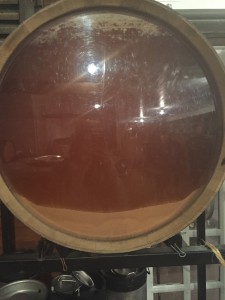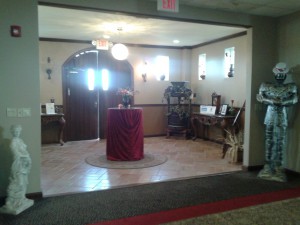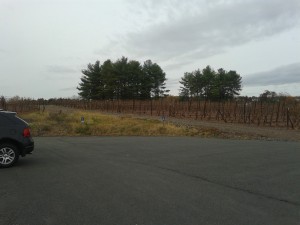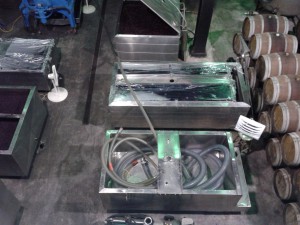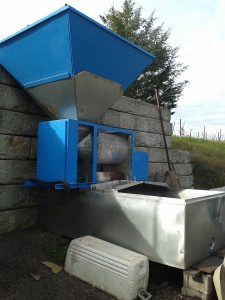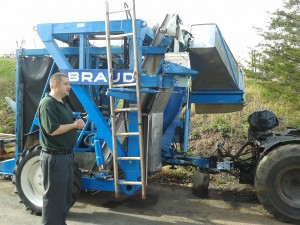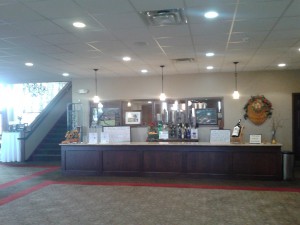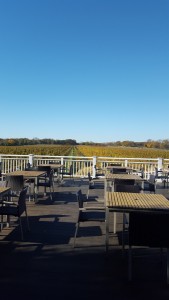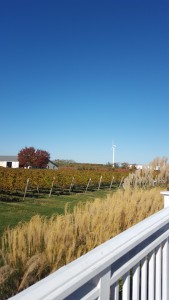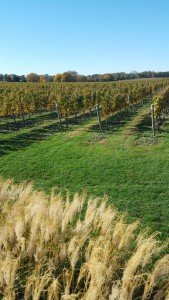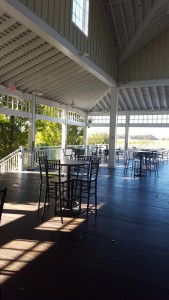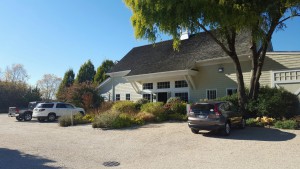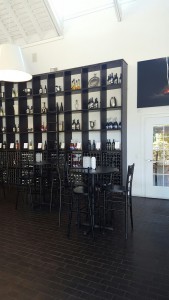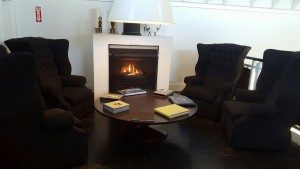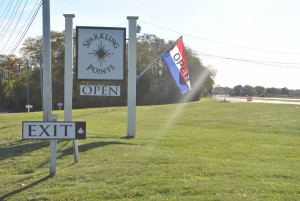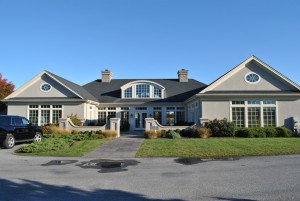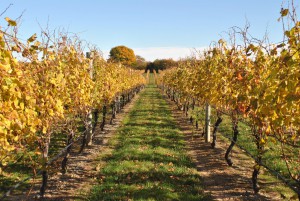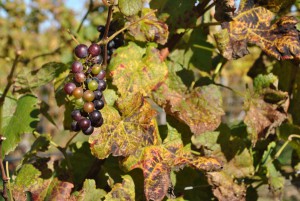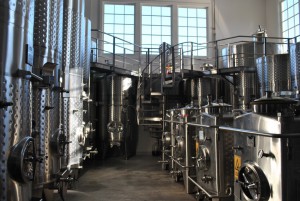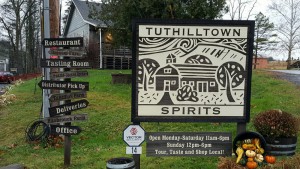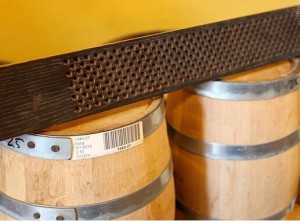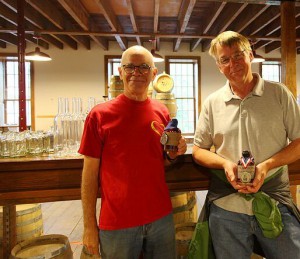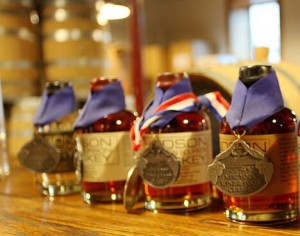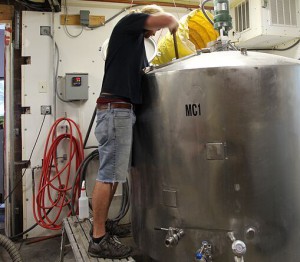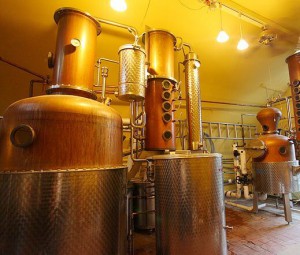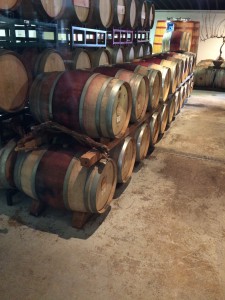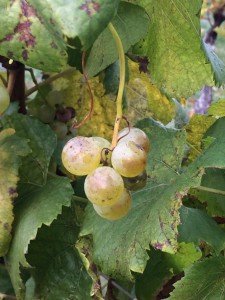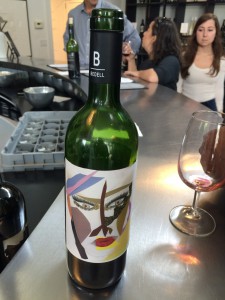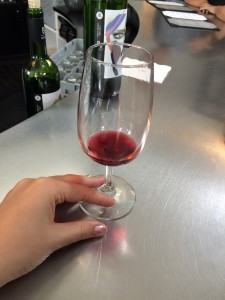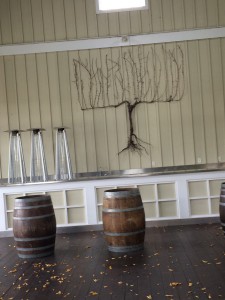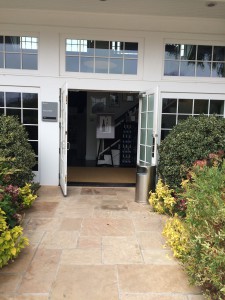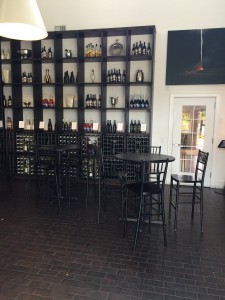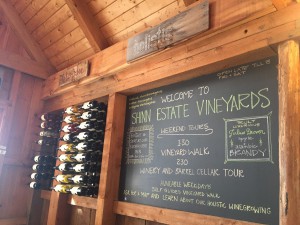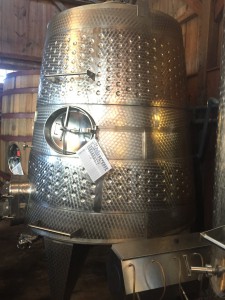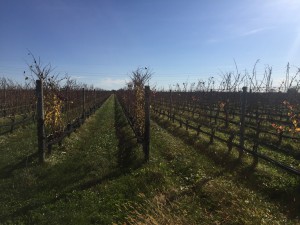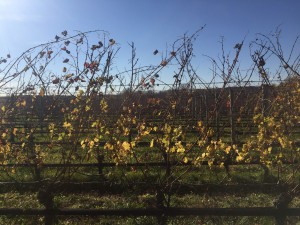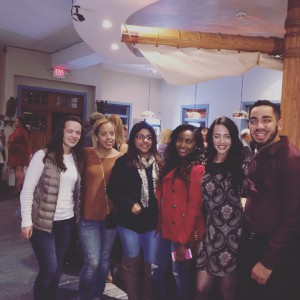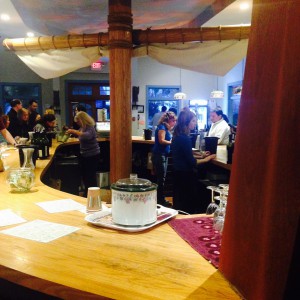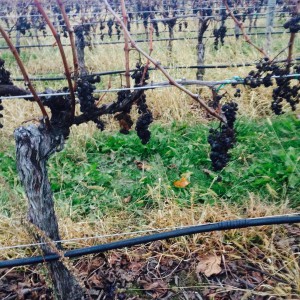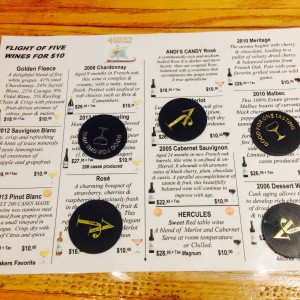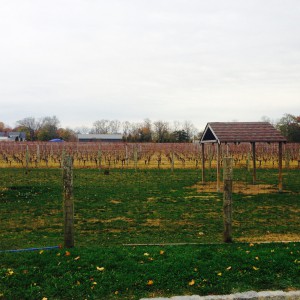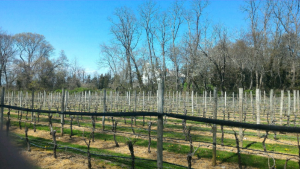For this assignment I decided to stay close to home and go just about an hour and a half away from my area in the Bronx to a little upstate to visit Millbrook Vineyard &Winery located in the Hudson Valley ava. This location was once a dairy farm, which in turn has provided well nourished soil for a better product. The Vineyard has been in production since the late 70’s and its first vintage was 1985 putting them in their 30th year of producing award winning wines. Through the years they’ve had exceptional wines and have always been proud of their work. But won double gold metals for the very first time on their Dry Riesling which means that it wasn’t a majority win, it was an all across the board win. Finally beating out the multiple time winner in the “Finger Lakes” area.
John Dyson, former Commissioner of Commerce for the state of New York, is the proprietor of this facility, and not only should he be known for his great production of wine but many might not know that he is responsible for a lot of vineyard setups. His Goblet Trellis design was patent in April 19, 1988 and is the setup/arrangement of the vines grown at Millbrook. It is a design to allow more air flow to the vines, grapes and leaves in the field. They end up looking like a curved “V”. At Millbrook they practice no fertilization and no irrigation but at times do use some fungicide.
As a gift from the winery, the tasting glasses which say “I Love NY” on one side and then has the Millbrook name and design on the other were ours to keep. According to our director of the wine tasting and tour (Jean), the reason for the “I Love NY” being on the glass is that Millbrook Winery and Vineyard had just been featured on the latest “I Love NY” commercial featuring Bobby Flay. Through out our tasting of 6 wines, Jean was very knowledgeable about the history of each grape and its tasting and pairings as well as the significance the grape vine itself had with the Millbrook facility. The different grapes grown at Millbrook are Chardonnay, Tocai Friulano, Riesling, Cabernet Franc, Pinot Noir, and Traminette.
After our tasting or both wines and olive oil, we were given a tour of the actually facility. We got to get an up close look at they’re way of stacking the oak barrels and where they set the stainless steel tanks. Which are all actually located in what use to be the barn house of the former dairy farm. It was quite an experience to be able to see where everything gets done and actually understand the process the workers go through. We were explained how all grapes are hand picked and that the fermentation processes they put their grapes through can vary from 6 to 20 months. The skins from their white grapes are composted in the back of their field and the red skins are kept with the juice from the grapes to add color and tannin. On a shelf there were bottles that actually showed the change in the juice from sitting with the skins from day one to day two and the change is quite intense. According to Jean, the grapes are harvested at a certain sugar level call Brix and is anywhere from 20-24%. We were able to see up close the tartaric acid that comes into play due to cold stabilization in white wine. Millbrook vineyards and Winery takes a step to remove these particles and then is sent to a spice company and turned into cream or tartar.
The winery uses American oak ( $800 each) which give tropical notes and French oak ($1500 each) which give earthy notes. Each 60 gallons is the equivalent to 300 bottles of wine. We also got to see a barrel going through Malolactic Fermentation through a glass topped oak barrel. I will definitely be visiting Millbrook Vineyards and Winery again, and I am glad I got to experience this tasting and tour.





